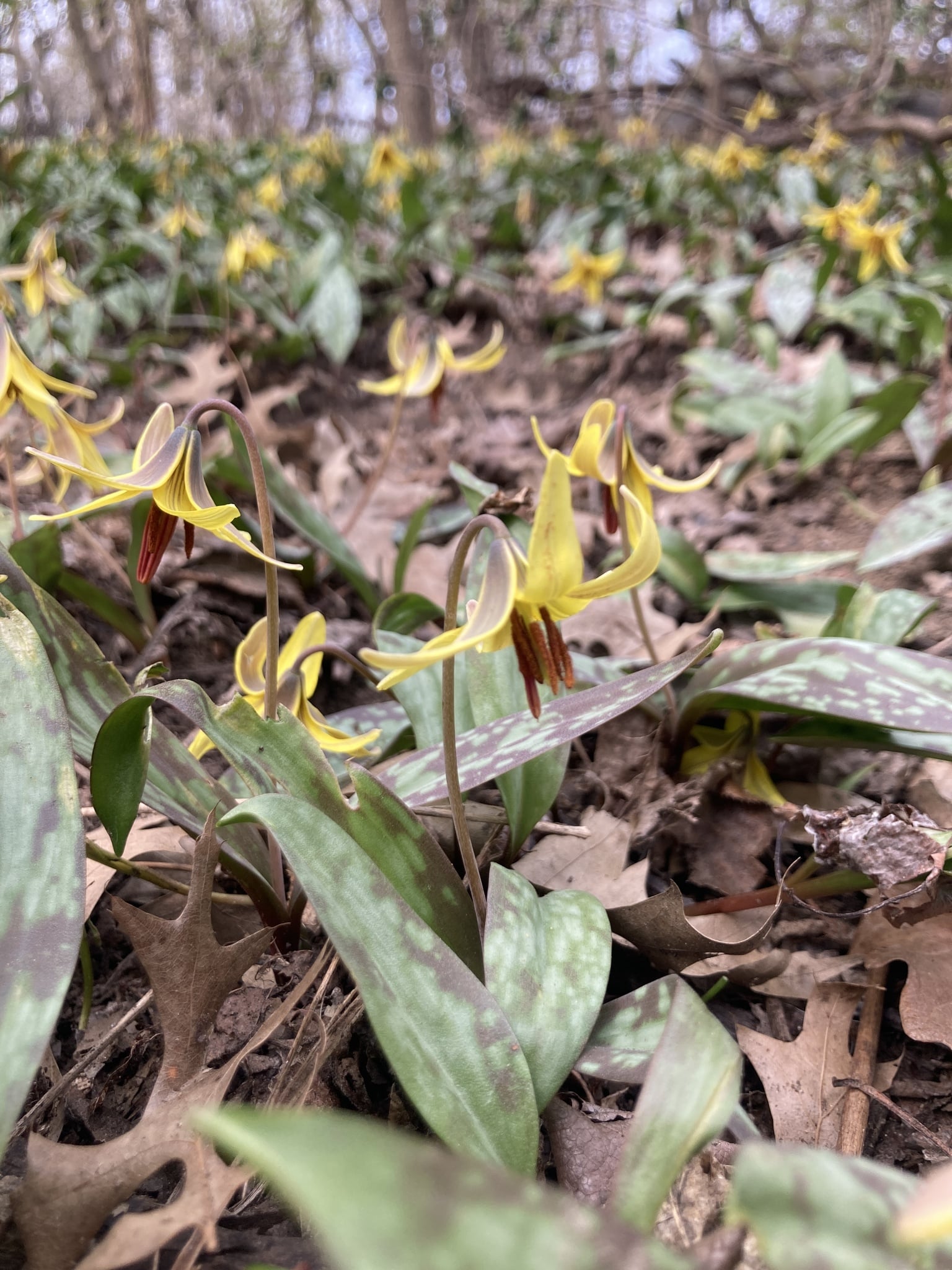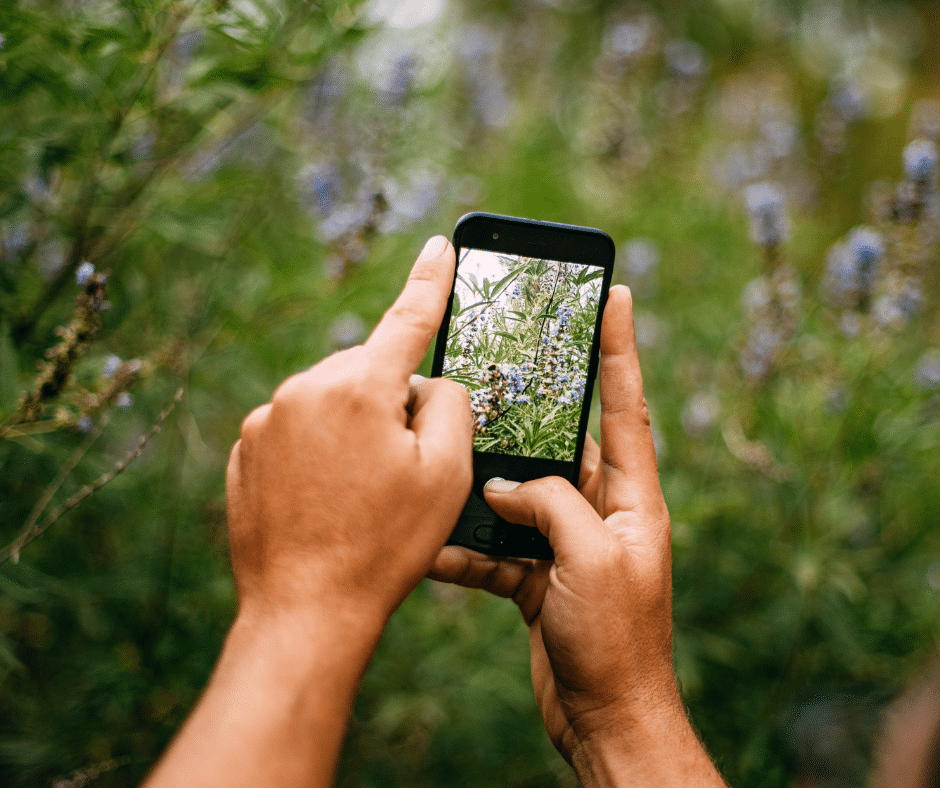4 Common Spring Ephemerals You Can Find in NYC Natural Areas
By Natural Areas Conservancy on April 16, 2024

By Natural Areas Conservancy on April 16, 2024

In early spring, before trees and shrubs leaf out, there is a period of time when the weather and soil are warm, but there is still ample light reaching the forest floor. These conditions are ideal for spring ephemerals, a specialized group of perennial wildflowers that complete their above-ground lifecycle before the canopy is filled. These flowers are short-lived, but are striking to look at! You can find them carpeting the ground of natural areas throughout NYC from late February to late May.
Read on to learn about four common spring ephemerals, where you can spot them in NYC, and tips for identifying each!
Blooms from mid-March to mid-April
Where to spot: Van Cortlandt Park, Prospect Park, Riverdale Park
Unlike many other spring ephemerals, bloodroot’s flower blooms before the foliage unfolds. Their kidney shaped leaves protect their flower stalks from the wind and cold. Bloodroot produces a single, white flower with eight to ten petals and it blooms for only a day or two. Its common name, bloodroot, comes from the milky crimson sap it produces.
Blooms from late March to mid-May
Where to spot: Alley Pond Park, The Greenbelt, Fort Tryon Park
Yellow trout lilies get their name from the mottled brown markings on their leaves that resemble a trout. A single, nodding, yellow flower with six petals spread open during the day and close at night or on cloudy days. Yellow trout lilies can form extensive colonies of genetically identical individuals through horizontal underground stems also known as stolons. These colonies may be very long lived, some even hundreds of years old!
Blooms from mid-March to late May
Where to spot: Pelham Bay Park, Cloves Lake Park, Central Park
Found in a cluster, spring beauty grows from a tuberous root system. The flowers have five petals that range from white to pink and sometimes crimson in color. Their pink veins run along their petals and act as nectar guides to direct pollinators. The flowers are “perfect,” which means they contain male parts (stamens) and female parts (pistils). They are often pollinated by bees, specifically the spring beauty miner bee which is a specialist of the flower.
Blooms from late March to early May
Where to spot: Inwood Hill Park, Van Cortlandt Park, Forest Park
The unique shape of the dutchman breeches’ flower— two inner petals that are yellow and hooded and the outer petals that are white, long, and spurred—is where it gets its common name. This is on account of the white petals resembling a pair of breeches. The leaves are found at the base and are feathery and deeply divided. Nectar is stored at the tip of the elongated spur which attracts pollinators with a long tongue such as bumblebees.
The Natural Areas Conservancy will be hosting a guided hike at Inwood Hill Park led by myself and NAC staff. This is a great chance to view NYC’s spring ephemerals and other plants and wildlife during City Nature Challenge weekend. Register here.
You can also learn more about spring ephemerals and the upcoming 2024 City Nature Challenge by attending a free webinar hosted in collaboration with NYC Parks.
To participate in this year’s challenge sign up for iNaturalist to capture observations of fauna and flora. Join the NAC Network group on iNaturalist to enter a friendly competition. The user with the most observations will win a small prize!

Check out this blog post for a guide on how to use the tool and record observations.
How to Use iNaturalist to Contribute to Science